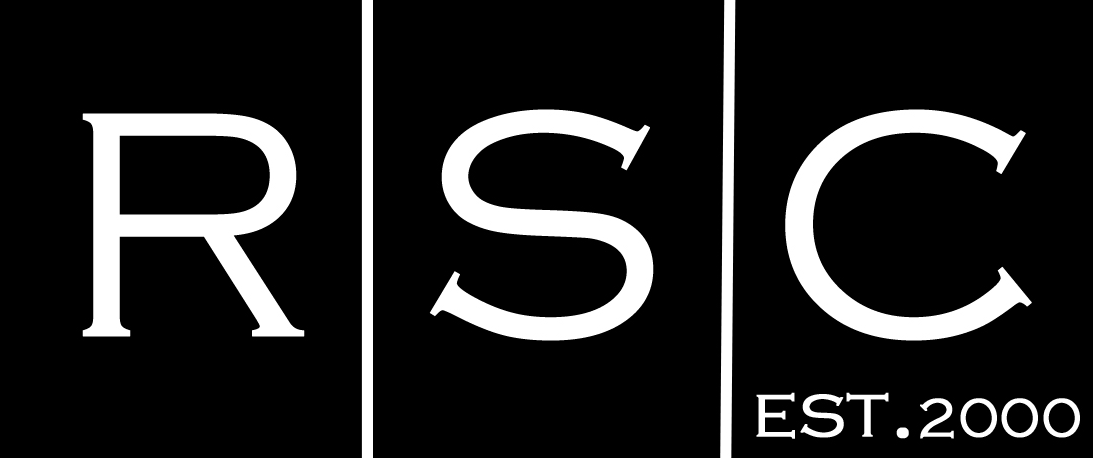Designing an office is often one of the last considerations for entrepreneurs as they grow their business. And for some businesses, the office design is never really a consideration. Big mistake. Your office design has a huge impact on some of your most valuable assets: your property and your people. Of course, your company’s culture plays a big role in how you should design your office and how effective your office design is at making your employees want to come to work. Monica Parker, workplace director at the leading strategy and design office Morgan Lovell, says, “the key is having spaces that reflect a culture of everything that motivates and drives people. A space with autonomy and flexibility that’s a space that can transform a business.” So, we’ve gathered some tips to help you create that autonomous, flexible, and culture reflective workspace.
Ask the big questions
First and foremost, ask yourself what kind of culture you have. Is it collaborative, inventive, and thrives on casual conversations or is it more technical, structured, and quiet contemplation based? Make sure you truly understand your culture before picking design elements that simply meet your own personal style bias.
Your office space should reflect your culture. If you’re more of the collaborative and casual company, you’ll want to create a variety of open spaces and group rooms for small teams to discuss their projects. With more technical and quiet cultures, you’ll want to focus more on creating personal spaces, whether that’s more private desk spaces or more one or two person rooms where employees can get some quiet uninterrupted time.
Don’t forget to send a survey to your employees so they can provide anonymous feedback about the proposed new designs. If your employees don’t feel comfortable with the design, they won’t be as productive and they certainly won’t want to come to work.
Look past the aesthetic decor
Approximately 70% of people are checked out†70% of the time (Gallup, 2013). A checked out employee isn’t a happy or productive employee. Ensuring they stay checked in requires an environment that stimulates and engages them. Monica Parker says, “If we can give people the stimuli they need through their work environment – not just a purple chair! – that has an impact on individuals, families, communities, the whole country.â€
Make sure your employees have space to exercise their mind and flesh out their ideas. Adding whiteboards, brainstorming spaces, and even brain teasers and brain games can help your employees feel stimulated, engaged, and more creative.
Dont let the price tag discourage you
There’s no denying that a complete office redesign costs money. But too often companies view it as a sunk cost or a cost that will offer minimal returns if any. That approach often leaves offices and employees neglected and unproductive – eating a huge hole in your company pocket.
Designing an office with a well-thought-out layout is an investment with clear returns. Happy, motivated, engaged employees are productive employees. They create better products, find new ways to solve problems, provide a more delightful client experience, and promote better recruitment opportunities. Those are huge results that can make your company healthier and wealthier.
Designing an office is, without question, an important factor in the success and well-being of your business. As Monica Parker says, “It’s an investment in higher performance, in engagement, in recruiting and in training top staff.†An investment well worth it.
If you need help designing an office that engages your employees and reflects your company culture, visit our Specification & Design and Furniture Management services. You can contact us here for more information or upload your project files to our Hightail site for a free quote!
